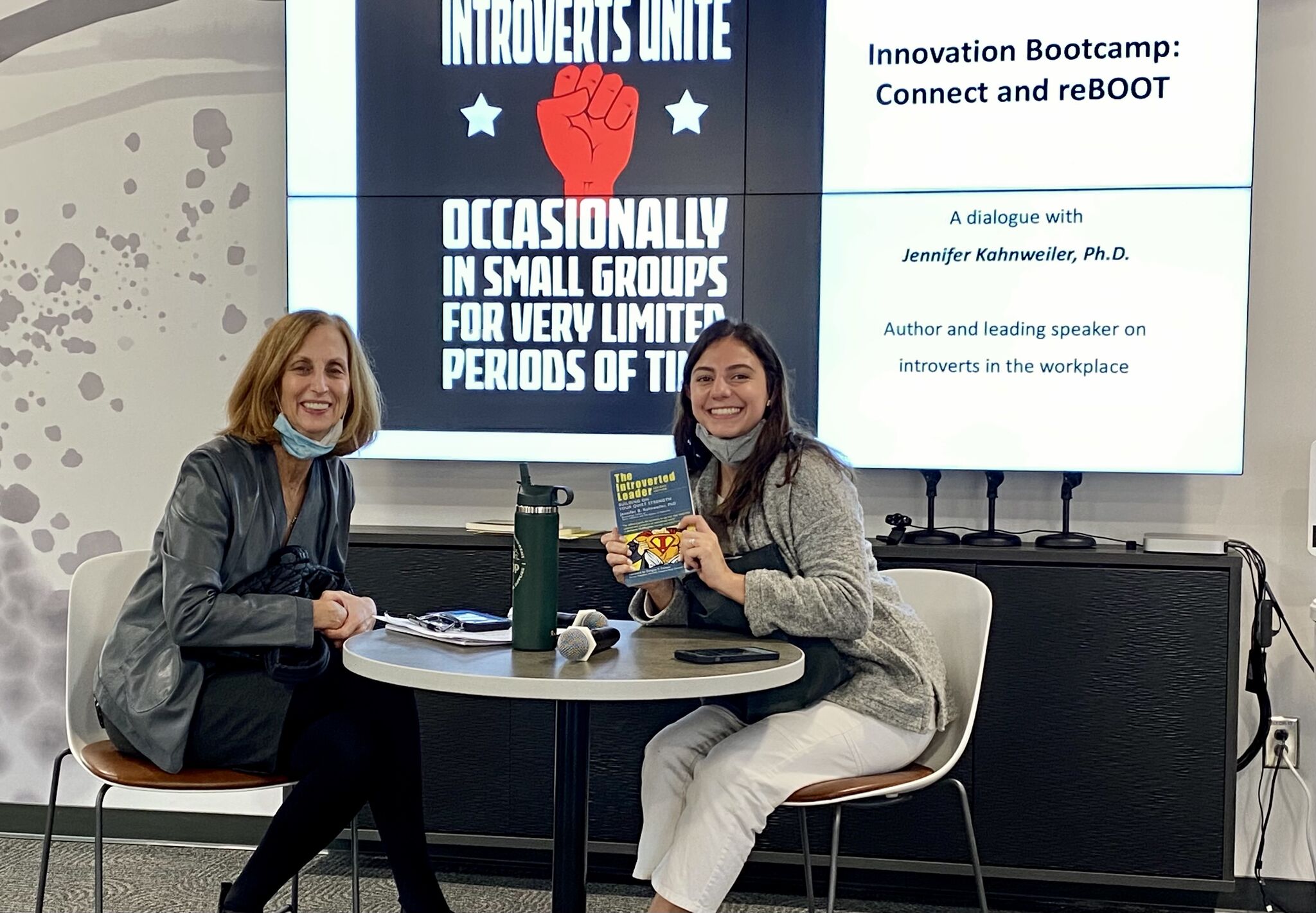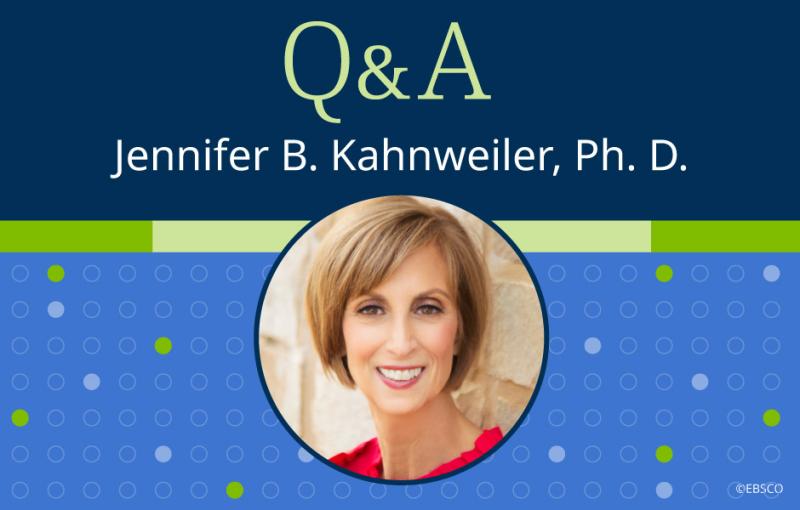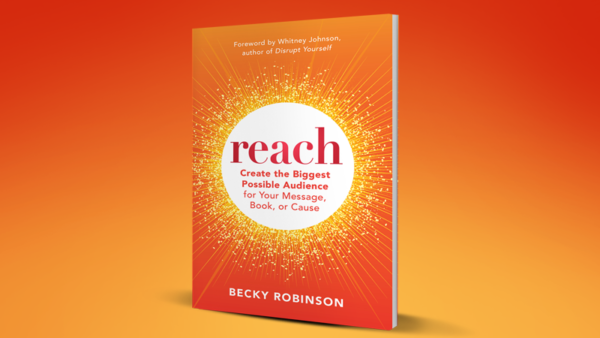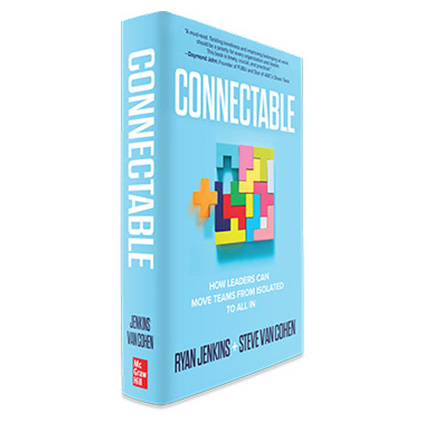It’s been almost 2 years since I gave a live presentation in front of an audience!
Last week, I eagerly drove up the road to the University of Georgia where I presented to a group of Ph.D. students and professors committed to innovation. They were hungry to learn about entrepreneurship and how to better understand introverted leadership. They wanted to know how to get the best out of all our talent and were super ready to engage!
I had convinced myself that the time spent delivering speeches, conducting interviews, and facilitating classes virtually over 2020-2021 was “just as good” as the real thing. But I believe that I was fooling myself. There is not much that beats being live with people in a live presentation.
I am not denying that those Zoom sessions have merit. The chance to chat and do breakouts were life savers and enhanced my deliveries through a 2-year period when we needed to sharpen our skills and connect. But like the original Coke® beats the taste of Coke Zero®, being live rocks!
Here are a few observations from this first experience returning to a live presentation.
1. A Discussion Format Works Great
I suggested our set up be an interview style format with discussion. We asked one of the former program participants who was an introvert to kick things off. It set up the conversational tone we aimed for, and since we anticipated a smaller group, this design fit the bill. It also helped me, as a presenter, get the kinks out after the extended time off the stage.
Several participants shared the hard time they were having getting back into the swing of conversation. One person gave a suggestion to another and commented on their points. In all my hundreds of facilitations on Zoom, it never felt that fluid.
Let’s face it, we are all rusty. It is one thing to do chit chat before a virtual meeting, but how about when you are eating lunch together or standing around waiting for a session to begin? Those conversational neural pathways have tightened up and we all need to relearn how to ask open-ended questions and practice paraphrasing after such a long time conversing with just a few or even just ourselves!
2. Read Micro Expressions and Body Language
This one surprised me. Maybe because it has been many months, but I found myself noticing people’s expressions more. The lift of an eyebrow, the slight frown, or the tense mouth all caught my attention. In my book, The Introverted Leader, Author Dirk Eilert explains that the facial muscles are directly connected to our brain’s emotion center. Facial signals reliably show how someone is feeling through movements called micro expressions. These occur unconsciously and give an indication of emotions and objections, which the person is not yet aware of, or which are supposed to be hidden. They help us to read their message more effectively.
And as a speaker, I was able to use my body and face to bring my points across with emphasis. Being in the same physical space, even socially distanced, allowed this more holistic communication to happen.
3. Delight in Focused Conversations
Connecting one-on-one is so powerful. In research for my book, Quiet Influence, we found that introverts use these dialogues to make a difference and influence others. I signed books after the formal program and was inspired as I heard about the parrticipants’ unique and important work in science, engineering, and health.
Many of the all-female attendees were in the STEM area and were making discoveries such as how to keep chickens virus-free, the connection of male infertility to medications, and important climate-related challenges. Rich mutual learning occurred in each one of these conversations as I learned from them and was able to answer their questions about becoming confident, being heard in meetings, and setting boundaries when it came to helping others. These are important in their key roles as researchers and business founders.
4. Relish the Laughter
The comedian Victor Borge said, “The shortest distance between two people is a smile.” Laugher relieves stress, according to the Mayo Clinic. I realized I haven’t laughed enough lately, and the laughter we enjoyed together was liberating and helped me build trust with my audience.
Final Thoughts on the Wins of Presenting Live
Here is an excerpt from a poem I wrote after one virtual presentation last winter:
“…. now alone with a black screen
stand up and stretch
click off the switch
on the tall black studio light
adrenaline dissipates
as you walk into the
dark, chilly hall”
There was no “dark, chilly hall” after this event! Yes, the 90-minute drive home from Athens, GA included insane traffic and getting cut off by a few semi-trucks on I-85, which is never relaxing. I arrived home tired, but simultaneously energized from being with people in a live presentation.
I believe that we will figure out how to make hybrid learning work. Being live together when it makes sense and pushing the Zoom button at other times will happen. Virtual sessions are just too convenient and impactful. It allows us to reach so many more people around the world.
But I also know the impact we can have when being in community. I am looking forward to the next time I can head to my closet and retrieve work clothes buried underneath those leggings. I hope to see you in both places!





